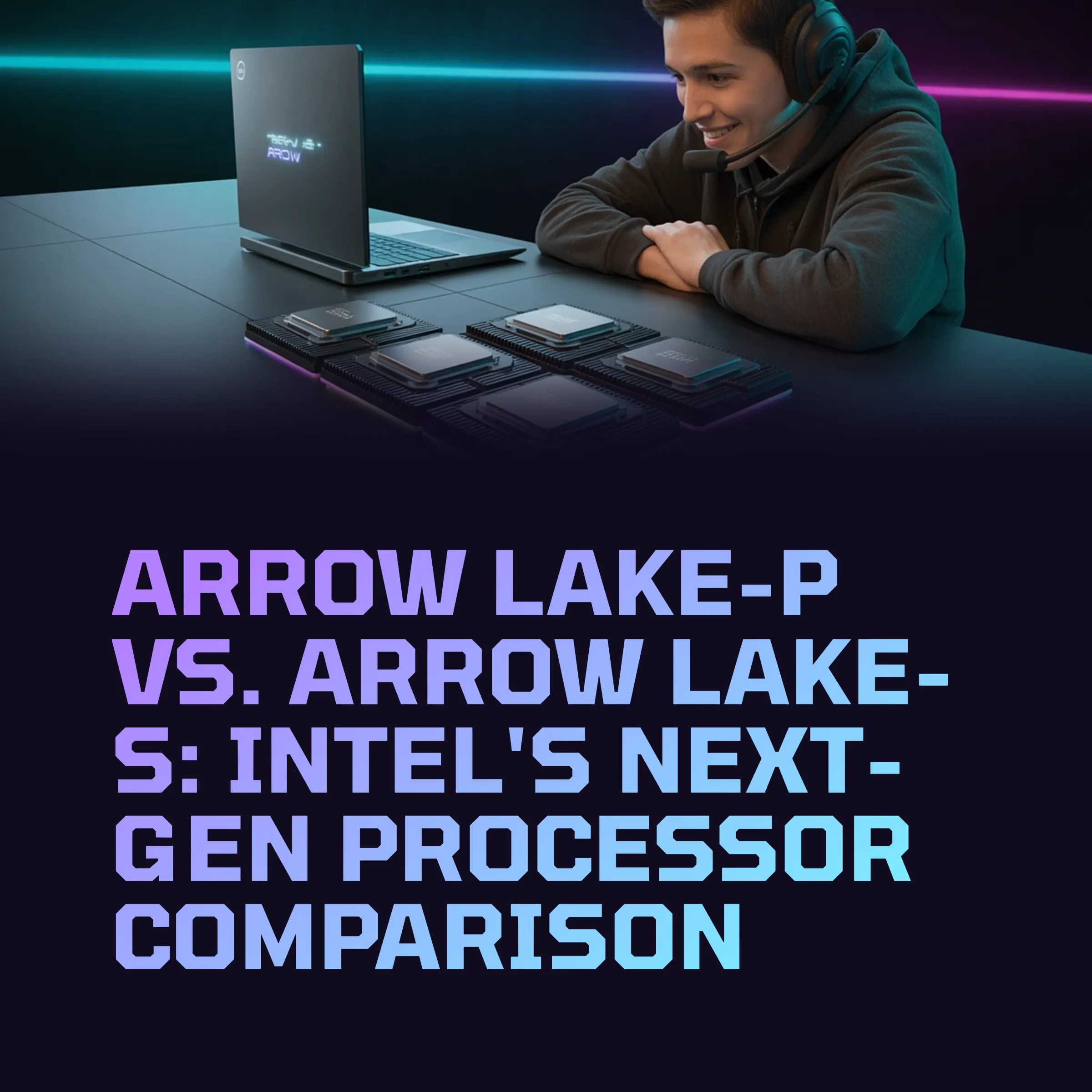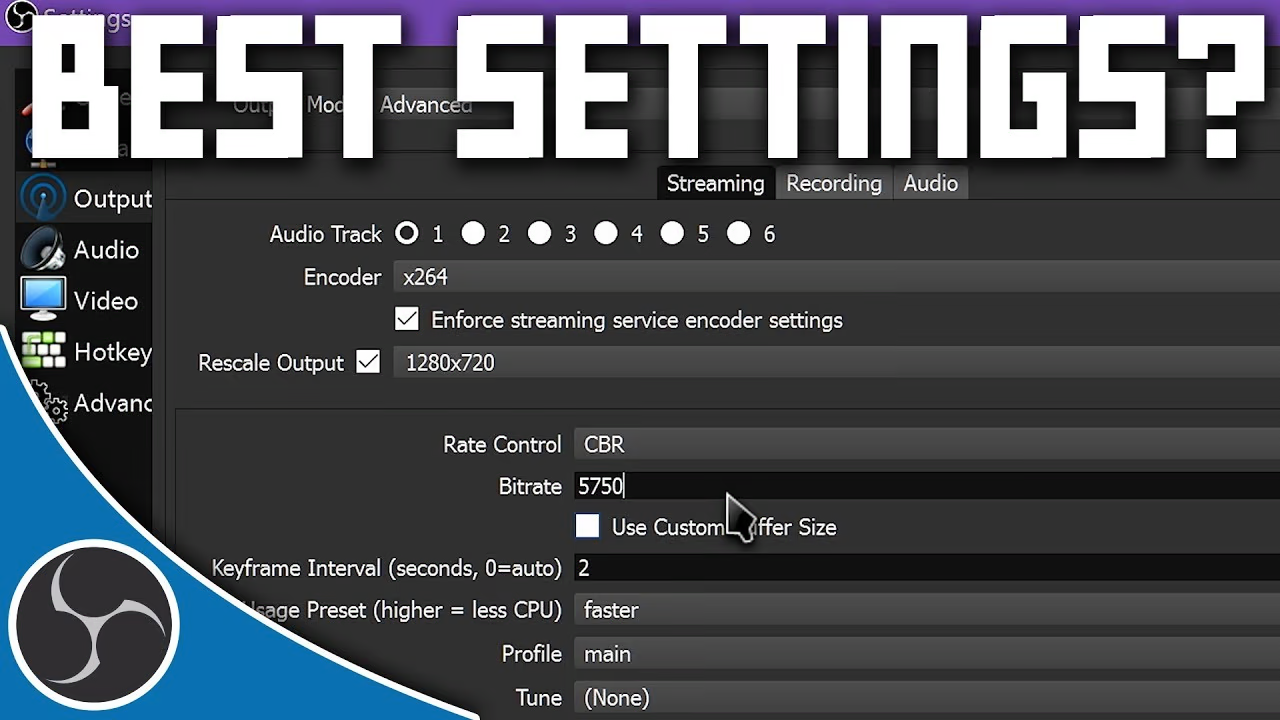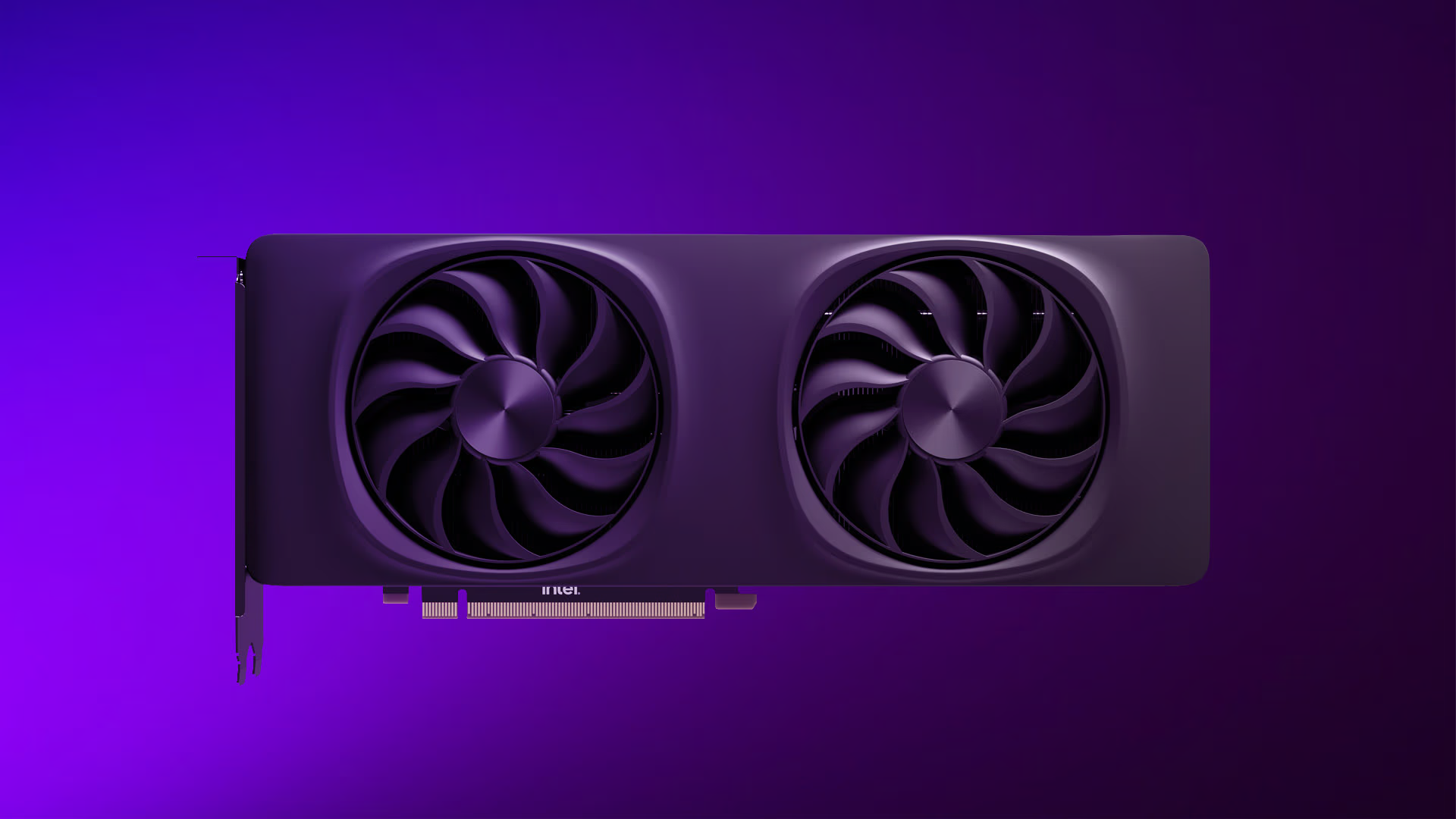Arrow Lake‑P vs. Arrow Lake‑S: Intel’s Next‑Gen Processor Comparison

Arrow Lake‑P vs. Arrow Lake‑S: Intel’s Next‑Gen Processor Comparison
Intel’s Arrow Lake family introduces two distinct variants targeting mobile and desktop: Arrow Lake‑P (laptop) and Arrow Lake‑S (desktop). Both share cutting-edge advancements—Lion Cove P‑cores, Skymont E‑cores, tile‑based design with Intel’s Foveros packaging, and integrated NPU/GPU—but differ significantly in power, clock speeds, memory support, and intended use cases.
Architecture & Core Design
Both variants incorporate Intel’s Lion Cove performance cores (~14 % IPC uplift over Redwood Cove) and Skymont efficiency cores, with tile-based construction: compute tile on TSMC N3B, graphics on N5P, SoC/I‑O on N6—all stacked on a Foveros interposer. Arrow Lake‑S also redistributes E‑core clusters among P‑cores to reduce thermal hotspots and latency.
Core Counts & SMT Support
Both P and S chips top out at 8 P‑cores + 16 E‑cores. However, Intel drops Hyper‑Threading on P‑cores for Arrow Lake‑S—offering 24 hardware threads compared to Raptor Lake’s 32.
Clock Speeds & Cache
Arrow Lake‑S boosts the top P‑core to ~5.5–5.7 GHz, slightly behind Raptor Lake’s 6 GHz. Arrow Lake‑P is tuned lower (~5.3 GHz) for thermals and battery life. Both share 36 MB L3 cache and updated L2 designs.
Memory & Platform Features
Arrow Lake‑S supports DDR5‑6400 (CUDIMM), LGA‑1851 socket, PCIe 5.0 x16/x4, PCIe 4.0 lanes, Thunderbolt 4/USB4, DP 2.1 and HDMI 2.1. Arrow Lake‑P supports LPDDR5 and DDR5 with mobile-focused power efficiency.
Integrated GPU & AI Power
Arrow Lake‑P includes up to 8 Xe‑LPG+ GPU cores with DPAS acceleration for AI. Arrow Lake‑S includes 4 Xe‑LPG cores. Both use a Meteor Lake‑derived NPU capable of 13 TOPS within the SoC tile.
Power & Thermal Profiles
Arrow Lake‑P operates at 28–55 W (cTDP) for laptops. Arrow Lake‑S ranges from 65–125 W base, peaking at 250 W turbo with overclocking support and aggressive PL2 scaling.
Who Should Choose What?
Arrow Lake‑P is ideal for ultrabooks and creator laptops that benefit from integrated AI and low power draw. Arrow Lake‑S fits high-end desktops with overclocking, multithreading, and advanced connectivity needs.
❓ FAQs
- Q1: Can Arrow Lake‑S still use Hyper‑Threading? No, Intel removed SMT on P‑cores. Total threads: 24 from 8 P + 16 E.
- Q2: Does Arrow Lake‑P have the same GPU as desktop? No, P has 8 Xe‑LPG+ cores; S has 4 standard Xe‑LPG.
- Q3: Is LGA‑1851 cooler-compatible with LGA‑1700? Yes, same socket dimensions—coolers are interchangeable.
- Q4: How memory-sensitive are these chips? Arrow Lake‑S benefits from fast DDR5 (6400+), boosting FPS by ~10%.
- Q5: What’s the real-world NPU performance? The 13 TOPS NPU is helpful but falls short of Microsoft’s Copilot+ 40 TOPS.
- Q6: Will there be an Arrow Lake‑S refresh? Intel hints at a 'K/KF Refresh' to improve gaming-focused performance.
Arrow Lake offers a unified core platform, but variants diverge based on power envelope, core layout, GPU/AI muscle, and memory expectations. Choose P for mobile and AI workflows; S for max performance and expandability.
Comments
Please log in to comment


